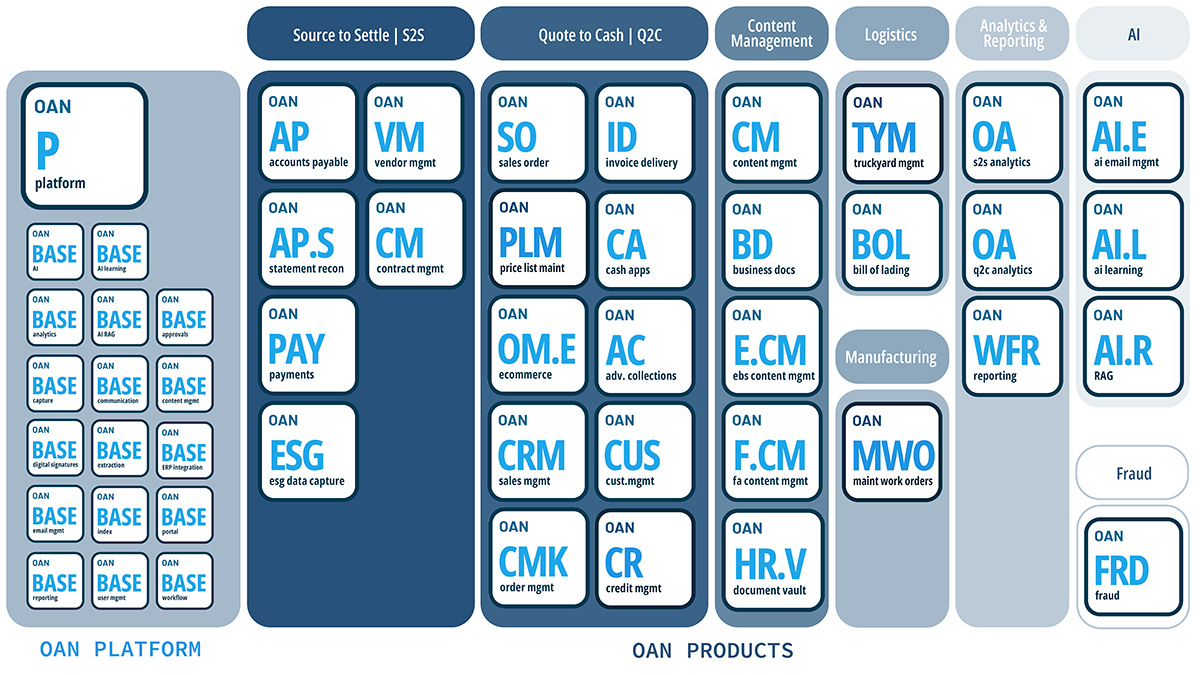SWIFT, short for “Society for Worldwide Interbank Financial Telecommunication”, was founded in 1973 by Belgian giant telecommunication. At the time, SWIFT was groundbreaking because it provided a network and a platform for banks to facilitate cross-border fund transfers. SWIFT uses messaging service as its base to share the details of cross-border financial transactions.

The member banks and financial institutions verify the transactional information end-to-end to ensure the integrity of transfers. SWIFT works on a centralized server location mechanism, which is obsolete now. The recent success of blockchain has put a question mark on the utility of SWIFT networks.
Moreover, using centralized technology means that SWIFT networks are prone to cyberattacks now more than ever. Recently, the world was shocked by the news of a cyberattack on the Central Bank Of Bangladesh that claimed $81 million. SWIFT servers are a lucrative target for hackers because they have to get into one data set to fetch hundreds of millions.
The news from Bangladesh sparked serious concerns among the member banks, and some started looking for alternate options. Blockchain looks attractive because it is transparent and uses a decentralized storage mechanism, making it difficult to hack and gather information. The data is stored on several nodes spread across the globe.
Therefore, a hacker will have to hack all the ledger locations at once, which is quite impossible. For this reason, blockchain-backed Ripple is dubbed the future network and has already claimed 75 global banks. In addition, some banking giants like JP Morgan have even developed their blockchain networks to tackle the issue of cyberattacks.
Banks are under tremendous pressure to ensure data privacy and protection while lowering costs. This has forced the SWIFT leadership to devise a solution where they can switch to decentralized technology.
In 2019, SWIFT, in partnership with a consortium, developed a proof of concept to reconcile the global databases so they could build their blockchain network, which required tremendous infrastructural changes at the end of the member banks which had already invested in the centralized technology. Under these efforts, SWIFT is now all set to test CBDT or Central Bank Digital Currencies for international transfers.
Blockchain: The need of the hour
SWIFT has over 11000 clients and boats of around 15 million transactions every day. This means that SWIFT still has clout because of its long-standing reputation. Moreover, the leadership group at most banks is still orthodox and does not want to take their chances with blockchain-based technology.
But recent cyberattacks on centralized servers have sparked concerns and alerted the authorities at SWIFT to take necessary steps before it’s too late. Despite the reluctance of SWIFT’s CEO, who compared the popularity of Bitcoin with the 16th century Tulip Mania, it is pretty apparent that blockchain overcomes all the negatives of the SWIFT network.
First and foremost, the blockchain has a decentralized network, meaning no one can control the web for their gain. Second, it is impossible to hack the overall blockchain network because the hackers won’t find any databases. All the transactional information is stored on nodes distributed across the globe.
This will ensure faith among the millennials. Recently, Ripple saw a massive gain in popularity because it showed the world that cross-border fund transfers could be completed within seconds as opposed to SWIFT, which takes five days to conclude a simple transaction.
Third, blockchain keeps an open ledger, which is available to the public eye, so any cyberattack will instantly alert the people taking care of the ledger. Open ledger means anyone can keep note of the businesses and trade going on in the world.
Ripple has taken advantage of these benefits and developed a system where users can enjoy the benefits of cryptocurrencies as well as traditional banking methods. Due to this, 100+ financial institutions have already signed up with this up-and-coming platform.
Seeing the massive shift in technology and general public perception, SWIFT even came up with its own system called GPI technology. But the reason that it has not gained much clout is that GPI is not ripe yet and it can only compete with some of the newer blockchains, which is of no use. Therefore, it has been realized that this decade is going to be blockchain’s.
SWIFT’s plan to test CBDC’s ability to facilitate cross-border payments
CBDC transactions are stored on a digital ledger, which may or may not be blockchain. However, seeing the stability and success of blockchain, most CBDCs are backed by blockchain only. SWIFT is the mogul of global financial message services. However, it is trying to tap into the digital currency market to ensure better client data protection. SWIFT’s venture is to link several CBDC networks to facilitate cross-border fund transfers.
According to the news, SWIFT has partnered with French telecommunication and consulting giant Capgemini to carry out this ambitious plan. On several occasions, SWIFT spokespersons have pointed out a gray area in the operation of CBDCs. SWIFT has maintained that CBDCs have far more use cases than domestic applications.
The goal of SWIFT’s partnership with Capgemini is to work on specific use-case scenarios such as CBDC to CBDC, CBDC to fiat, and Fiat to CBDC. The leadership group at SWIFT strongly feels that the coming era belongs to digital currencies because CBDC has shifted the digital market towards stability.
The head of innovation at SWIFT has even stated that CBDCs could be the new fiat currencies. So, we can expect several platforms to rival the traditional payment methods. Thomas Zschach, the SWIFT CIO made a very compelling case for CBDC by stating that “Facilitating interoperability and interlinking between different CBDCs being developed around the world will be critical if we are to realize their potential fully.
Today, the global CBDC ecosystem risks becoming fragmented with numerous central banks developing their digital currencies based on different technologies, standards, and protocols.” This means that SWIFT has decided to compete with the global tech giants by changing its strategies and shifting to modern ways of the blockchain.

